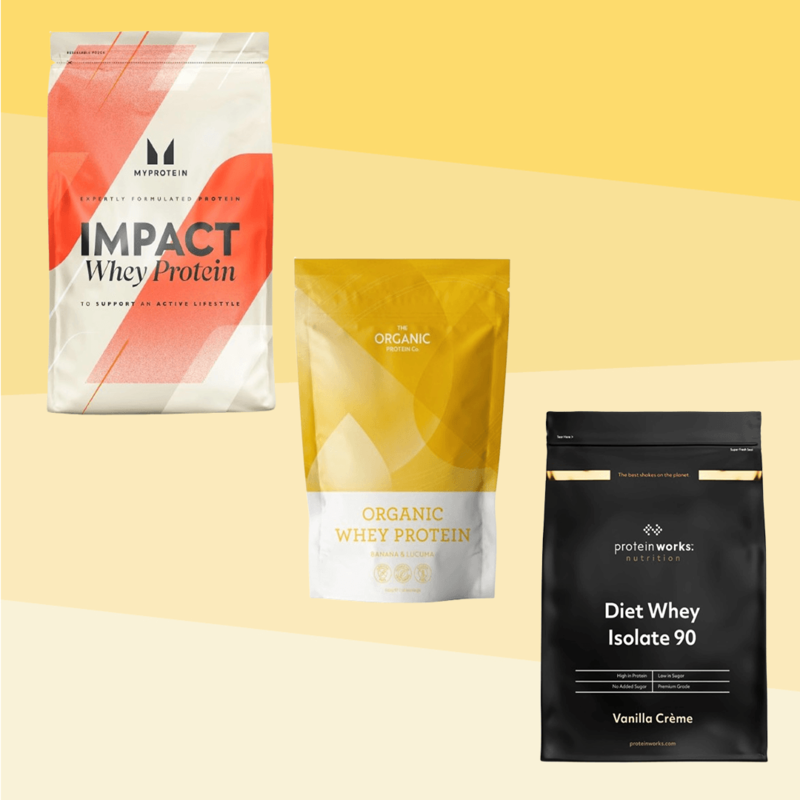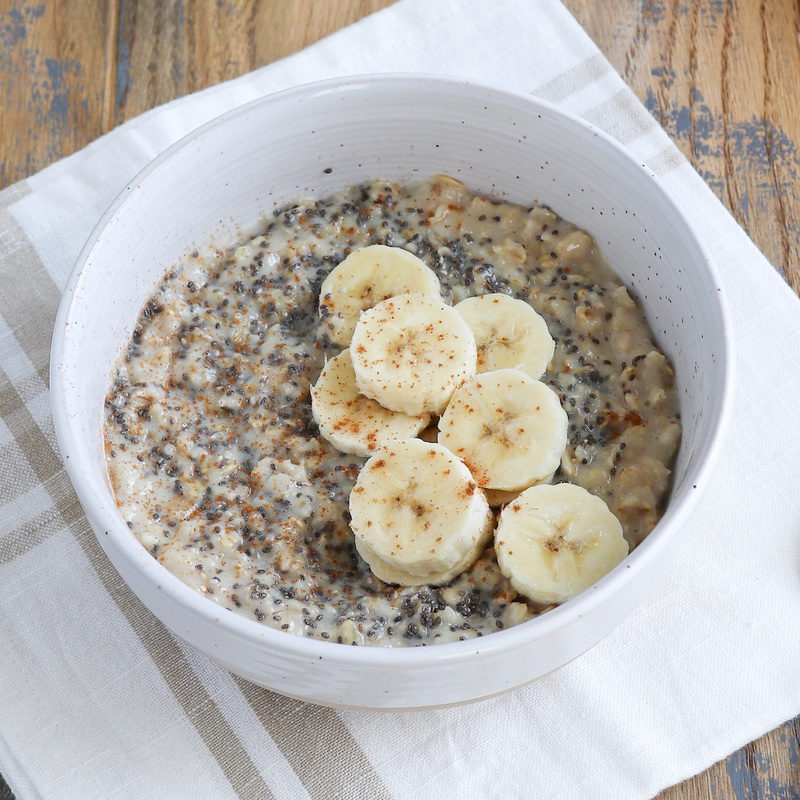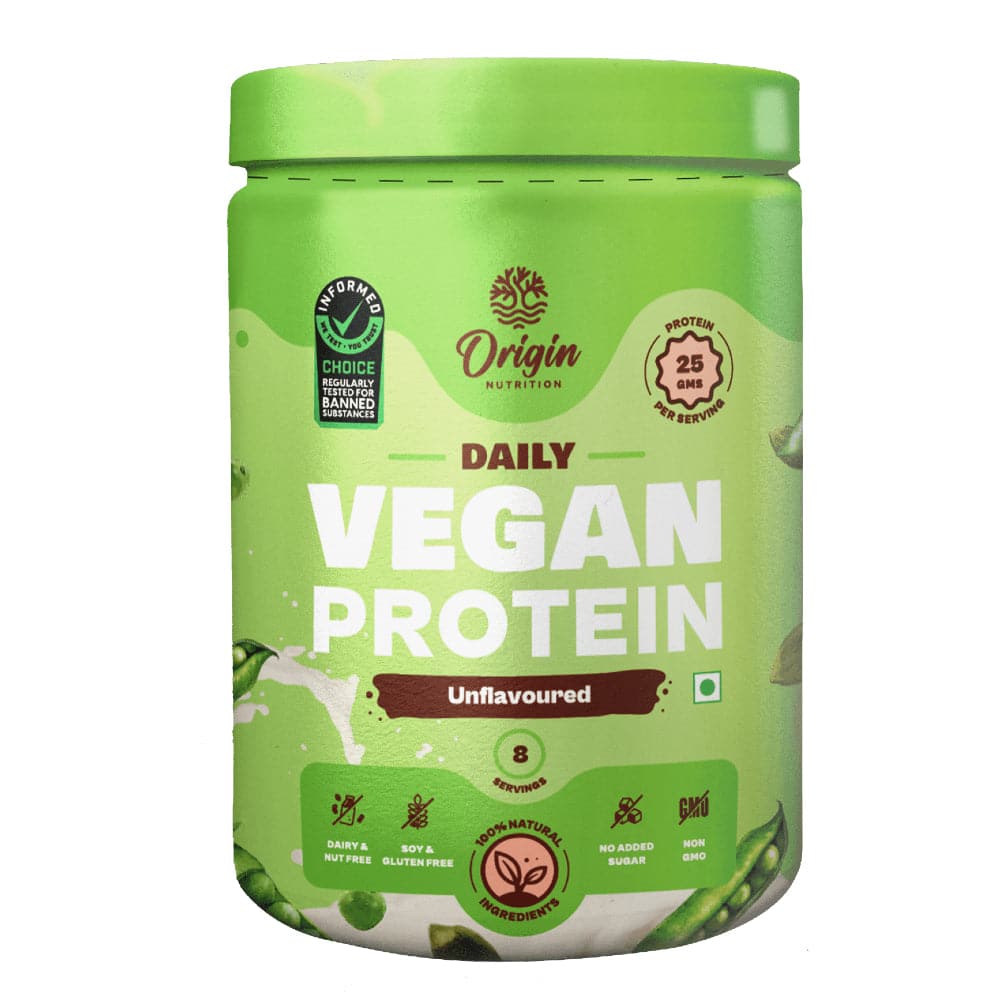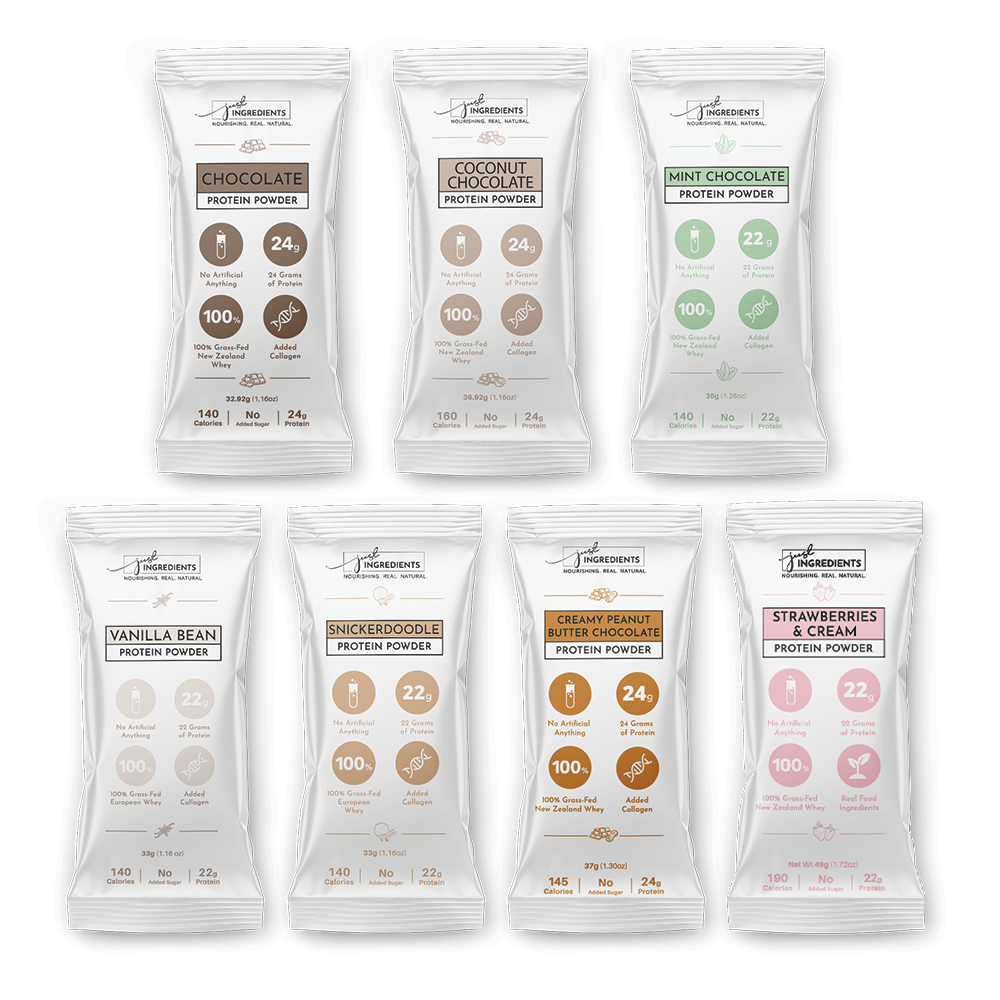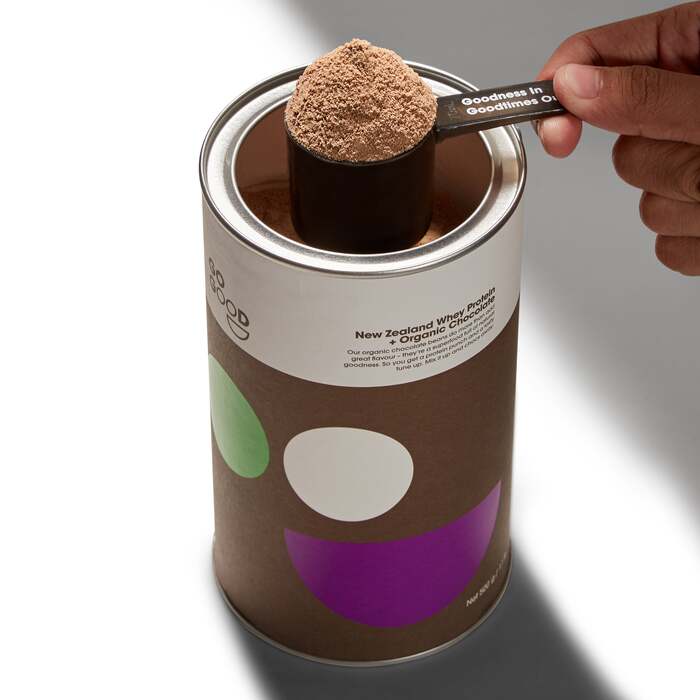Increasing your protein intake is essential for maintaining health, supporting muscle growth, and enhancing overall well-being. Many people consider protein powders as an easy solution. However, you can meet your protein needs through whole foods. In this article, we will explore several strategies to boost your protein intake. We will also highlight some protein-rich foods that can easily fit into your daily diet.
Understanding the Importance of Protein
The Role of Protein in the Body
Protein is a vital macronutrient. It plays an essential role in building and repairing tissues. Furthermore, protein is a key component of enzymes and hormones. These molecules facilitate various bodily functions. Without adequate protein intake, you may experience fatigue and muscle loss. Moreover, protein helps support a healthy immune system. This can be especially vital during times of illness or stress.
Daily Protein Requirements
To maintain optimal health, the average adult needs about 46 to 56 grams of protein daily. However, individual protein requirements may vary. Factors such as age, sex, and activity level significantly influence protein needs. For instance, athletes or individuals engaged in intense workouts may require higher amounts. For these people, roughly 1.2 to 2.0 grams of protein per kilogram of body weight is recommended. Adjusting your protein intake based on your unique needs can improve your overall health.

Protein-Rich Foods at Breakfast
Eggs: A Complete Protein Source
Breakfast is an excellent opportunity to boost protein intake. Eggs are one of the most versatile protein sources available. Each large egg contains about 6 grams of protein. This makes them an ideal addition to any breakfast menu. You can prepare them in various ways: boiled, scrambled, or fried. Additionally, eggs are rich in nutrients like vitamins B12 and D. Incorporating eggs into your diet can significantly increase your protein consumption while offering valuable health benefits.
Greek Yogurt: A Dairy Delight
Greek yogurt is another excellent breakfast option. It packs around 10 grams of protein per 100 grams. The thick, creamy texture makes it delicious and filling. You can enjoy it plain or mix it with fruits and nuts for added flavor. Furthermore, Greek yogurt is rich in probiotics. This supports gut health and digestion. Choosing Greek yogurt over regular yogurt can help you reach your daily protein goals more easily.
Nourishing Lunch Options
Lean Meats: Filling and Flavorful
For lunch, incorporating lean meats can boost your protein intake significantly. Chicken breast is a popular choice, containing approximately 31 grams of protein per 100 grams. Additionally, turkey, beef, and pork offer similar benefits. When preparing these meats, consider grilling or baking. This can help retain flavor without adding unnecessary fats. Pairing lean meats with whole grains and vegetables creates a balanced meal. This will not only meet your protein needs but also support overall health.
Legumes: Plant-Based Powerhouses
Legumes are an excellent plant-based protein option. Chickpeas, lentils, and black beans are all rich in protein. A cup of cooked lentils provides 18 grams of protein. Moreover, legumes are high in fiber, which aids digestion and keeps you full longer. Including legumes in salads, soups, or stews can enhance your meals. They are also budget-friendly and easy to prepare, making them a smart choice for any diet.

Satisfying Snack Choices
Nuts and Seeds: Tiny Nutritional Giants
Snacking can be an effective way to increase protein intake. Nuts and seeds are packed with protein. For instance, almonds provide about 21 grams of protein per 100 grams. Additionally, pumpkin and chia seeds are also excellent sources. Including a handful of nuts or seeds in your daily snacks can be beneficial. They provide healthy fats, fiber, and various vitamins. However, be mindful of portion sizes since nuts are calorie-dense.
Cottage Cheese: A Quick Snack
Cottage cheese is a fantastic snack option for those aiming to increase protein intake. This dairy product contains around 11 grams of protein per 100 grams. Moreover, it is low in fat and calories, making it a healthy choice. You can enjoy cottage cheese on its own or mix it with fruits and honey. This can enhance its flavor while adding vitamins and minerals. Cottage cheese is not only versatile but also a quick option for busy individuals seeking protein-rich snacks.
Creative Dinner Ideas
Fish: A Lean Protein Choice
Dinner presents another opportunity to incorporate protein-rich foods. Fish is an excellent choice for a healthy, protein-packed meal. Salmon, tuna, and tilapia are popular fish options, each providing substantial amounts of protein. For example, salmon contains around 25 grams of protein per 100 grams. Additionally, fish is rich in omega-3 fatty acids, which support heart health. Grilling or baking fish with herbs and spices can create a flavorful dish that’s both nutritious and filling.
Quinoa: A Complete Grain
Quinoa is a fantastic addition to your dinner table. This ancient grain is a complete protein, meaning it provides all nine essential amino acids. A cooked cup of quinoa contains about 8 grams of protein. In addition to its high protein content, quinoa is gluten-free and rich in fiber. You can pair quinoa with roasted vegetables or serve it as a base for a hearty salad. Incorporating quinoa into dinners not only boosts protein intake but also adds variety to meals.
Exciting Desserts with Protein
Protein-Rich Treats
Desserts can also be a source of protein. Consider making protein-rich treats using everyday ingredients. For example, you can prepare a banana pancake using mashed bananas, eggs, and oats. Each pancake will have a decent protein content while being delicious. Additionally, baked goods like protein muffins can also be nutritious. Using Greek yogurt or cottage cheese in recipes can help enhance their protein content.
High-Protein Smoothies
While this section may have some overlap with protein powders, you can easily make high-protein smoothies using whole foods. Including ingredients like Greek yogurt, nut butter, and fruits can help you achieve your daily protein goals. For example, blending banana, spinach, and almond butter with almond milk creates a nutrient-dense smoothie. It is delicious and packed with protein. These smoothies can serve as a refreshing dessert or a satisfying snack.

Effective Meal Planning Strategies
Planning Ahead
Meal planning is a useful strategy for increasing protein intake. Dedicate time each week to plan your meals and snacks. Create a shopping list focused on high-protein foods. Including foods like eggs, poultry, legumes, and dairy can ensure adequate protein intake. Having a plan helps reduce last-minute unhealthy eating choices. This approach also helps streamline cooking and encourages the incorporation of nutritious ingredients.
Batch Cooking Proteins
Another effective strategy is to batch cook proteins in advance. Prepare large portions of chicken, beans, or lentils and store them in the fridge or freezer. This ensures that you have protein-rich options ready to go throughout the week. When cooking grains like quinoa or brown rice, prepare extra to pair with your proteins. This not only saves time but also makes it easier to build balanced meals on busy days.
Conclusion
Increasing your protein intake doesn’t have to rely on protein powders. By incorporating a variety of whole foods into your meals and snacks, you can effortlessly meet your protein needs. From breakfast options like eggs and Greek yogurt to satisfying dinners with fish and quinoa, numerous nutritious foods are available. In addition, utilizing effective meal planning strategies can help streamline your eating process.
Explore protein-rich snacks, such as nuts and cottage cheese, to further enhance your diet. Don’t forget the potential of delicious desserts or treats that can also contribute to your protein intake. Ultimately, adopting a diverse and balanced diet will lead to improved health and well-being. By focusing on whole food sources, you can achieve your protein goals in an enjoyable and sustainable way.
